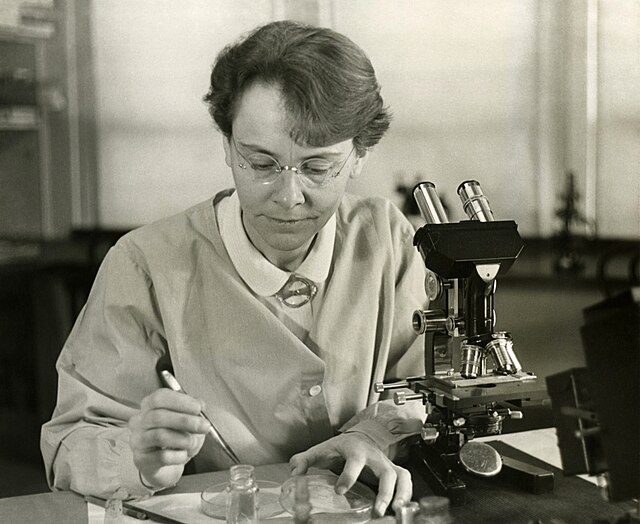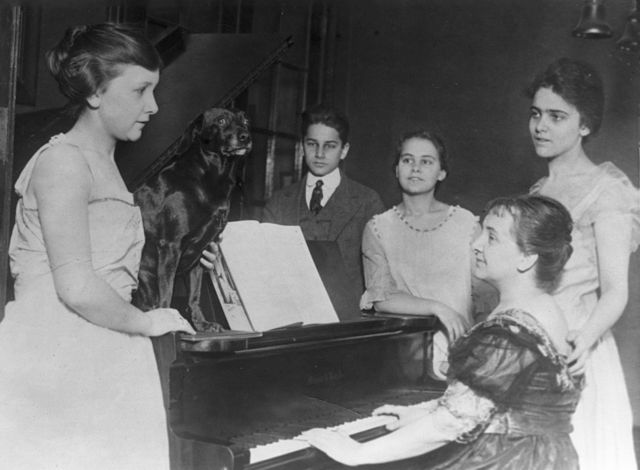Barbara McClintock was an American scientist and cytogeneticist who was awarded the 1983 Nobel Prize in Physiology or Medicine. McClintock received her PhD in botany from Cornell University in 1927. There she started her career as the leader of the development of maize cytogenetics, the focus of her research for the rest of her life. From the late 1920s, McClintock studied chromosomes and how they change during reproduction in maize. She developed the technique for visualizing maize chromosomes and used microscopic analysis to demonstrate many fundamental genetic ideas. One of those ideas was the notion of genetic recombination by crossing-over during meiosis—a mechanism by which chromosomes exchange information. She produced the first genetic map for maize, linking regions of the chromosome to physical traits. She demonstrated the role of the telomere and centromere, regions of the chromosome that are important in the conservation of genetic information. She was recognized as among the best in the field, awarded prestigious fellowships, and elected a member of the National Academy of Sciences in 1944.

McClintock in her laboratory, 1947
McClintock children, from left to right: Mignon, Malcolm Rider "Tom", Barbara and Marjorie
McClintock family, from left to right: Mignon, Tom, Barbara, Marjorie and Sara (at the piano)
The relationship of Ac/Ds in the control of the elements and mosaic color of maize. The seed in 10 is colorless; there is no Ac element present, and Ds inhibits the synthesis of colored pigments called anthocyanins. In 11 to 13, one copy of Ac is present; Ds can move, and some anthocyanin is produced, creating a mosaic pattern. In the kernel in panel 14 there are two Ac elements, and in panel 15 there are three.
Cytogenetics is essentially a branch of genetics, but is also a part of cell biology/cytology, that is concerned with how the chromosomes relate to cell behaviour, particularly to their behaviour during mitosis and meiosis. Techniques used include karyotyping, analysis of G-banded chromosomes, other cytogenetic banding techniques, as well as molecular cytogenetics such as fluorescence in situ hybridization (FISH) and comparative genomic hybridization (CGH).
Interphase cells positive for a t(9;22) rearrangement





